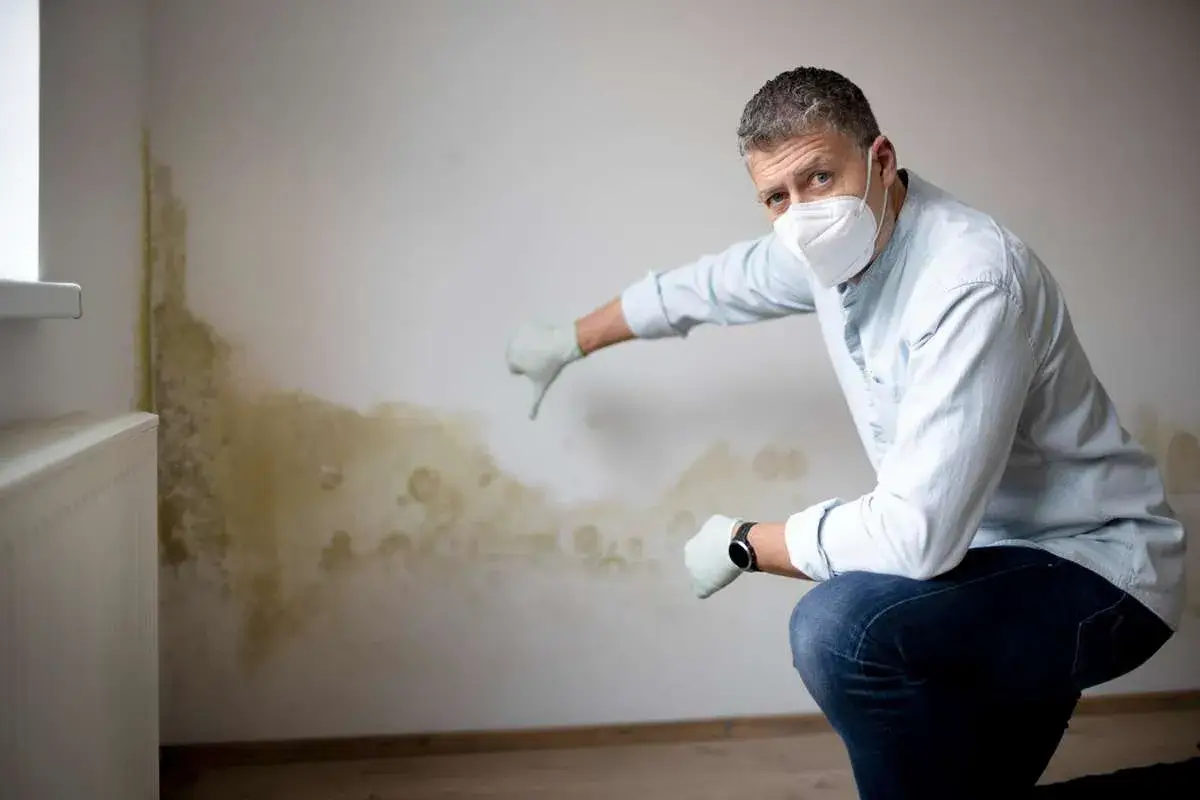How Mold Impacts Indoor Air Quality: What You Need to Know

What is Mold?
Mold is a fungus that can grow anywhere in the presence of moisture and water. In homes, mold becomes harmful because it produces microscopic spores that disturb indoor air quality.
Places Mold Can be Found in a Home
Mold can be found in any moist place that lacks everyday cleaning. The common places for mold growth in a house are:
Kitchen
Kitchens have a high moisture level. In kitchens, mold is likely to grow, especially underneath a dishwasher or behind a refrigerator.
Bathrooms
The most likely places for mold to grow in the bathroom are underneath the sink, in the corners, or where tile grout is missing.
Basement & Attic
Usually, basements and attics have poor ventilation and are the least attended places in a home. The humid environment here supports mold growth. Mold growth in these places remains unnoticed for a longer period.
HVAC Systems
Mold is likely to grow in HVAC filters and ducts. Through this, its spores can be dispersed in the whole building. It is necessary to do regular cleaning of HVAC systems to avoid mold growth and keep indoor air clean.
Plants Pots
Frequent watering of the plants keeps the plant pots moist, and mold can start rapid growth in those containers. Mold growth is more likely to occur in plant pots, which are located in places with poor ventilation.
How Mold is Linked to the Indoor Air Quality?
The presence of mold in a house can impact the air quality. Mold releases spores into the air, making it impure. Due to the presence of mold in a house, a musty smell can be felt. In simple words, mold makes air quality poor in a home. Inhaling the contaminated air can cause various health issues to the residents.
How Mold Impacts Indoor Air Quality?
Along with the earthy and musty smell, mold impacts indoor air quality, making it unhealthy to breathe. Air with mold spores can cause different health issues like:
Overall Discomfort
Mold makes air impure to breathe and can be a reason for fatigue, headache, and a feeling of discomfort.
Irritation in Eyes
Excessive mold spores in the air can cause irritation in the eyes. Long-term exposure to such an environment can cause redness, itchiness, and watery eyes. Irritation in the eyes can be felt by anyone, whether they are allergic to mold or not.
Skin Irritation
The mold also causes skin rashes and irritation. It can worsen allergies and make it all annoying for the person in contact with mold surfaces. For people allergic to mold, its spores in the air can cause severe skin irritation.
Respiratory Issues
Breathing in a mold-affected environment can trigger asthma attacks and allergies and cause different respiratory diseases. Asthmatic people become vulnerable in the air and get affected by mold.
How to Prevent Mold Growth and Improve Air Quality?
Mold growth can be prevented by improving indoor air quality. There should be a circulation of fresh air in the home. There are a few tips to prevent mold growth in a home:
Install Dehumidifiers & Air Purifiers
Humidity promotes mold growth, so the first step is to dehumidify the air. Installing air dehumidifiers in your home can reduce moisture and make the environment unsuitable for mold growth. Similarly, air purifiers can capture mold spores and make the air clean. They can help reduce the chances of health issues caused by mold.
Proper Ventilation System
The ventilation system in a house should be fully functional. Exhausts in bathrooms, kitchens, and other areas where water usage is high should be working to keep the place dry. Dry places with clean air do not support mold growth.
Regular Servicing of HVAC System
HVAC systems should be serviced regularly. Their filters should be changed, and ducts should be cleaned to avoid mold growth and dispersion. It will ensure that HVAC systems disperse clean air all over the house.
Conclusion
Mold releases spores and toxic substances that make indoor air quality poor. The presence of mold spores in the air can cause irritation, allergic reactions, and different diseases. The good part is that mold growth can be prevented by taking a few steps. But first of all, it is important to inspect a place and assess the reason for mold growth. There might be some leakages supporting mold growth.
To keep good indoor air quality in your home, you need to get a mold inspection and find out the root cause behind its growth. Fixing it can help you to get rid of mold.